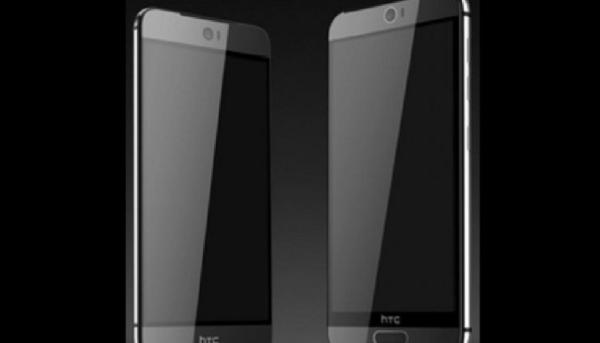Last Updated on July 20, 2022 by Mathew Diekhake
After unlocking the bootloader and installing a custom recovery, here comes the final step to make your HTC One M9 truly yours. Yes, the following tutorial teaches how you can gain root-access on your HTC One M9 and start tinkering around with it using various root-requiring apps.
The whole tutorial is pretty easy to follow, and you shouldn’t have any issues even if you’re a novice. Here you go:

Files You Need
1. You must have a custom recovery installed on your device before you can do this tutorial. Please refer to our how to install a custom recovery on the HTC One M9 tutorial to learn how you can get a custom recovery installed on your device.
2. Download Minimal ADB Setup to your computer. It’ll be used to issue commands to your device.
3. Download SuperSU to your computer. It’s the file that will be flashed on your device.
Rooting the HTC One M9
1. Extract files from Minimal ADB Setup to your computer by right-clicking on it and selecting Extract here. Don’t extract the SuperSU archive, leave it as is.
2. Turn ON USB debugging on your phone from Menu->Settings->Developer options.
3. Plug in your phone to your computer using a USB cable.
4. Copy SuperSU from your computer over to the SD card storage on your phone.
5. Open a CMD window in the folder where you’ve saved the ADB files. To do so, hold down Shift and right-click anywhere on your screen and select Open command window here.
6. Type in the following command into CMD and press Enter:
adb reboot recovery
7. Your phone should reboot into recovery mode.
8. In the recovery menu, select Install.
9. Navigate to your SD card and select SuperSU to be installed on your phone.
10. Tap on Swipe to Confirm Flash to confirm the action.
11. Wait for it to flash the SuperSU archive on your device.
12. When it has done installing the archive, reboot your device.
13. You’re done.
Your HTC One M9 is now rooted and you can confirm it using the Root Checker app.
Now that you have rooted the HTC One M9 smartphone by installing a custom recovery image over the stock recovery partition and then flashed Chainfire’s SuperSU, you can install every root applications out there in existence.
Many people spend lots of time pondering what way they are going to choose to root a device, but if you are spending time thinking about the outcome in terms of the apps available, then you are wasting your time. It never matters what way you choose to get root access to the internal Android system for installing the apps. Once you are the root user, then that is all that matters and every app that requires root access will now run. That would remain true even if you are using a smartphone from the United States and using something like KingRoot which his a Chinese rooting tool. It still doesn’t make any difference.
The main difference between rooting Android with a custom recovery and flashing SuperSU in comparison to using a one-click rooting tool is that people who want to install custom ROMs and custom kernels need to have the custom recovery installed so they might as well root the device this way. Everyone else who is just rooting the Android operating system for the sake of being able to install root apps doesn’t need to bother installing a custom recovery image and can just use a one-click rooting tool instead.
Of course, there are times when you don’t have multiple methods available. That is particularly right if you are using a new device that hasn’t been out for a long time and you are checking out what methods are out there and available for your to get root access. When that’s the case then many people resort to doing whatever is available.
